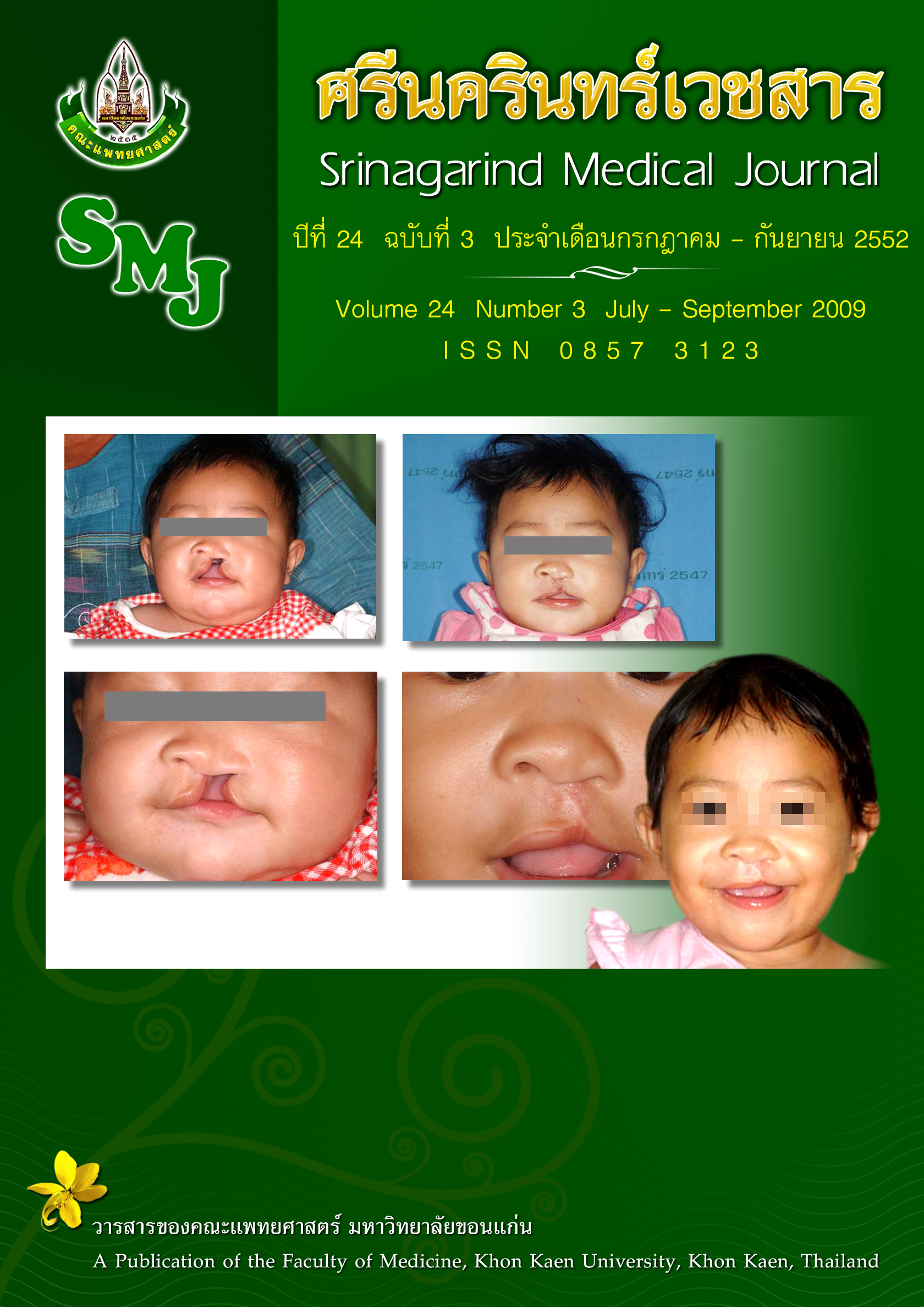How to Cope with Massive Obstetric Hemorrhage During Cesarean Section?
Abstract
In the majority of mothers who are delivering the babies; it is able to anticipate and plan to manage the primary obstetric hemorrhage by considering the risk factors before delivery. All of which we can enhance our careful observations of the mother preoperatively. The successful prevention and control of primary hemorrhage after delivery depend on the corporation of multidisciplinary experts. The delivery must be performed by an active management of the third stage of labor. It must be made sure that there is no retained placenta. This is done along with the re-evaluation of the applications of both uterotonic and non-surgical haemostatics. The appropriate management for the primary obstetric hemorrhage by greater volume of blood transfusion and the possible coagulopathy of the mother are complicated matter that is directly dependent upon the clinical decision. Such decision must be made carefully after the examination of each patient. The obstetric anesthesiologists’ part is to be the organizer for different departments concerned beginning from the delivery-room, operating room, blood bank, and laboratories to the supporting personnel.Downloads
How to Cite
1.
Chau-In W. How to Cope with Massive Obstetric Hemorrhage During Cesarean Section?. SRIMEDJ [internet]. 2013 Nov. 1 [cited 2025 Dec. 24];24(3):268-77. available from: https://li01.tci-thaijo.org/index.php/SRIMEDJ/article/view/13033
Issue
Section
Review Articles




